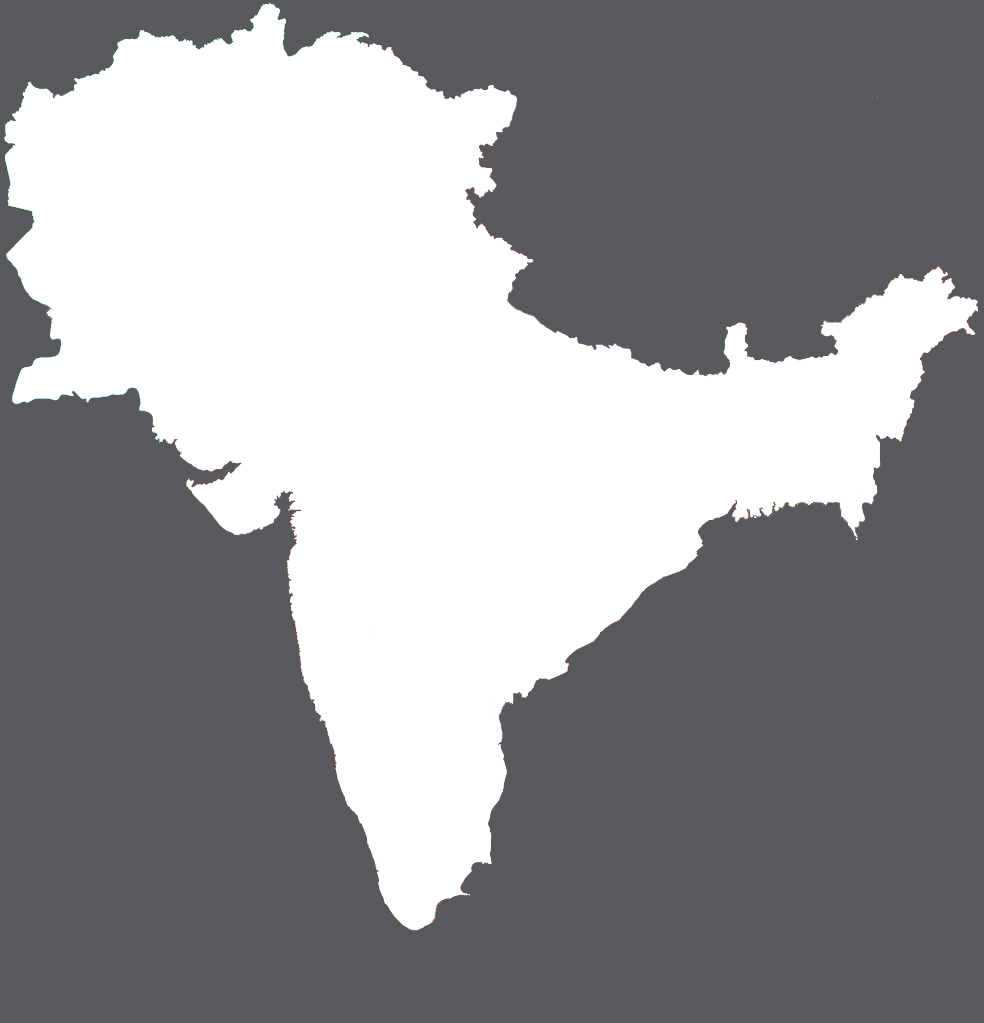Variations in Women’s Heights across Social and Religious Groups Among Indian States
This paper uses the Indian National Family Health Survey data for the year 2005–2006 to draw comparisons of height among adult women across regions for minority groups like caste and religion. Inter-personal, regional and temporal comparisons are easier and effective using a non-monetary indicator of well-being like height which is also an indicator of long term nutritional status. The results of this study show that Muslim women have significant height advantage but with substantial variations across Indian states. Compared to Hindu women, differences in mean heights are lower across wealth quintiles and levels of educational attainment among Muslim women. Child birth during teens affects the final heights attained but only for the Hindus wherein this difference disappears after education level of the woman is controlled for, indicating that schooling delays early childbirth. The quantile regression model shows that Muslim women are taller than Hindu women across bottom, middle and top quartiles after controlling for other factors and that the gap increases over the quartiles.
view report:
Publication categories:








Add new comment